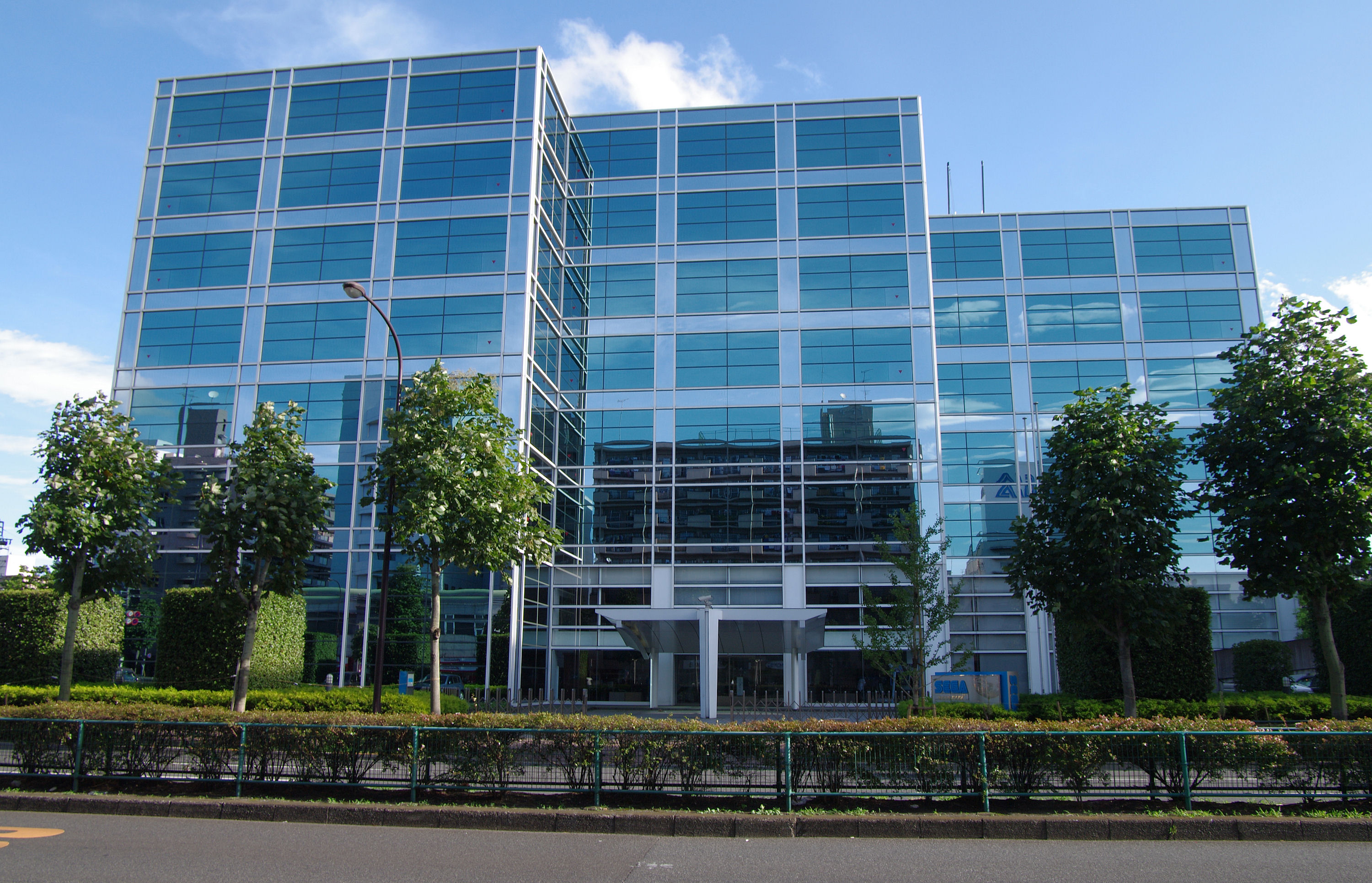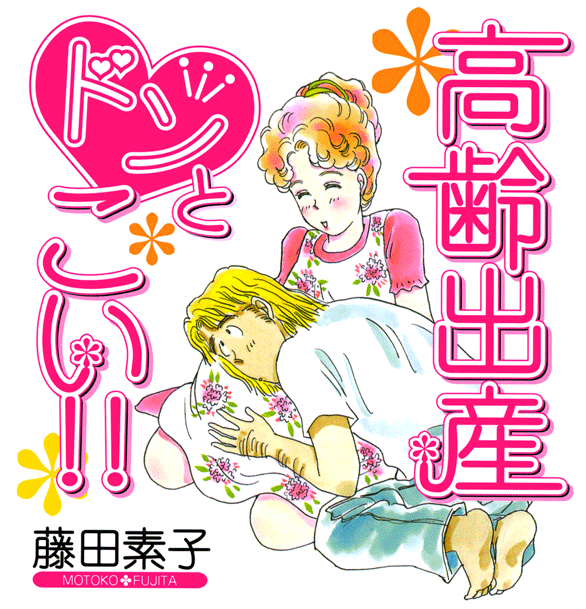|
Daisaku Ikeda
was a Japanese Buddhist leader, author, educator and nuclear disarmament advocate. He served as the third president and then honorary president of the Soka Gakkai, which is considered among the largest of Japan's new religious movements but has also been described as a cult by some media and politicians (e.g., the French parliamentary commission in 1995). Ikeda was the founding president of the Soka Gakkai International. Soka Gakkai claims Japanese membership of 8.27 million households. Recent research and surveys suggest that between 2.5 million and 4 million people - approximately two to three percent of the Japanese population - are active members of Soka Gakkai, and the organization claims to have approximately 11 million practitioners in 192 countries and territories, more than 1.5 million of whom reside outside of Japan as of 2012. Ikeda was the founder of a variety of educational and cultural institutions including Soka University, Soka University of America, Min ... [...More Info...] [...Related Items...] OR: [Wikipedia] [Google] [Baidu] |
Åta, Tokyo
is a Special wards of Tokyo, special ward in the Tokyo, Tokyo Metropolis in Japan. The ward refers to itself in English as Åta City. It was formed in 1947 as a merger of Åmori, Åta, Tokyo, Åmori and Kamata, Åta, Tokyo, Kamata following Tokyo City's Local Autonomy Act, transformation into Tokyo Metropolis. The southernmost of the 23 special wards, Åta borders the special wards of Shinagawa, Tokyo, Shinagawa, Meguro, Tokyo, Meguro and Setagaya, Tokyo, Setagaya to the north, and KÅtÅ, Tokyo, KÅtÅ to the east. Across the Tama River in Kanagawa Prefecture is the city of Kawasaki, Kanagawa, Kawasaki, forming the boundaries to the south and west. Åta is the largest special ward in Tokyo by area, spanning 59.46 square kilometres (22.96 sq mi). As of 2024, the ward has an estimated population of 744,849, making it the third largest special ward by population, with a population density of 12,041 inhabitants per square kilometre (31,190/sq mi). Notable neighborhoods and districts ... [...More Info...] [...Related Items...] OR: [Wikipedia] [Google] [Baidu] |
Japanese New Religions
Japanese new religions are new religious movements established in Japan. In Japanese, they are called or . Japanese scholars classify all religious organizations founded since the middle of the 19th century as "new religions"; thus, the term refers to a great diversity and number of organizations. Most came into being in the mid-to-late twentieth century and are influenced by much older traditional religions including Buddhism and Shinto. Foreign influences include Christianity, the Bible, and the writings of Nostradamus. Before World War II In the 1860s, Japan began to experience great social turmoil and rapid modernization. As social conflicts emerged in this last decade of the Edo period, known as the Bakumatsu period, some new religious movements appeared. Among them were Tenrikyo, Kurozumikyo, and Oomoto, sometimes called () or "old new religions", which were directly influenced by Shinto (the State Shinto, state religion) and shamanism. The social tension continued to gr ... [...More Info...] [...Related Items...] OR: [Wikipedia] [Google] [Baidu] |
Josei Toda
, also known as and its abbreviation , is an editorial category of Japanese comics that emerged in the 1980s. In a strict sense, ''josei'' refers to manga marketed to an audience of adult women, contrasting ''shÅjo'' manga, which is marketed to an audience of girls and young adult women. In practice, the distinction between ''shÅjo'' and ''josei'' is often tenuous; while the two were initially divergent categories, many manga works exhibit narrative and stylistic traits associated with both ''shÅjo'' and ''josei'' manga. This distinction is further complicated by a third manga editorial category, , which emerged in the late 1980s as an intermediate category between ''shÅjo'' and ''josei''. ''Josei'' manga is traditionally printed in dedicated manga magazines which often specialize in a specific subgenre, typically drama, romance, or pornography. While ''josei'' dramas are, in most cases, realist stories about the lives of ordinary women, romance ''josei'' manga are typ ... [...More Info...] [...Related Items...] OR: [Wikipedia] [Google] [Baidu] |
Tuberculosis
Tuberculosis (TB), also known colloquially as the "white death", or historically as consumption, is a contagious disease usually caused by ''Mycobacterium tuberculosis'' (MTB) bacteria. Tuberculosis generally affects the lungs, but it can also affect other parts of the body. Most infections show no symptoms, in which case it is known as inactive or latent tuberculosis. A small proportion of latent infections progress to active disease that, if left untreated, can be fatal. Typical symptoms of active TB are chronic cough with hemoptysis, blood-containing sputum, mucus, fever, night sweats, and weight loss. Infection of other organs can cause a wide range of symptoms. Tuberculosis is Human-to-human transmission, spread from one person to the next Airborne disease, through the air when people who have active TB in their lungs cough, spit, speak, or sneeze. People with latent TB do not spread the disease. A latent infection is more likely to become active in those with weakened I ... [...More Info...] [...Related Items...] OR: [Wikipedia] [Google] [Baidu] |
Burma
Myanmar, officially the Republic of the Union of Myanmar; and also referred to as Burma (the official English name until 1989), is a country in northwest Southeast Asia. It is the largest country by area in Mainland Southeast Asia and has a population of about 55 million. It is bordered by India and Bangladesh to its northwest, China to its northeast, Laos and Thailand to its east and southeast, and the Andaman Sea and the Bay of Bengal to its south and southwest. The country's capital city is Naypyidaw, and its largest city is Yangon (formerly Rangoon). Early civilisations in the area included the Tibeto-Burman-speaking Pyu city-states in Upper Myanmar and the Mon kingdoms in Lower Myanmar. In the 9th century, the Bamar people entered the upper Irrawaddy valley, and following the establishment of the Pagan Kingdom in the 1050s, the Burmese language and culture and Theravada Buddhism slowly became dominant in the country. The Pagan Kingdom fell to Mongol invas ... [...More Info...] [...Related Items...] OR: [Wikipedia] [Google] [Baidu] |
1923 Great KantÅ Earthquake
The 1923 Great KantÅ earthquake (, or ) was a major earthquake that struck the KantÅ Plain on the main Japanese island of Honshu at 11:58:32 JST (02:58:32 UTC) on Saturday, 1 September 1923. It had an approximate magnitude of 8.0 on the moment magnitude scale (Mw), with its epicenter located southwest of the capital Tokyo. The earthquake devastated Tokyo, the port city of Yokohama, and surrounding prefectures of Kanagawa, Chiba, and Shizuoka, and caused widespread damage throughout the KantÅ region. Fires, exacerbated by strong winds from a nearby typhoon, spread rapidly through the densely populated urban areas, accounting for the majority of the devastation and casualties. The death toll is estimated to have been between 105,000 and 142,000 people, including tens of thousands who went missing and were presumed dead. Over half of Tokyo and nearly all of Yokohama were destroyed, leaving approximately 2.5 million people homeless. The disaster triggered widespread social ... [...More Info...] [...Related Items...] OR: [Wikipedia] [Google] [Baidu] |
Nori
Nori is a dried edible seaweed used in Japanese cuisine, usually made from species of the red algae genus ''Pyropia'', including ''P. yezoensis'' and ''Pyropia tenera, P. tenera''. It has a strong and distinctive flavor, and is generally made into flat sheets and used to wrap rolls of sushi or ''onigiri'' (rice balls). The finished dried sheets are made by a shredding and rack-drying process that resembles papermaking. They are sold in packs in grocery stores for culinary purposes. Since nori sheets easily absorb water from the air and degrade, a desiccant is needed when storing nori for any significant time. Noriâdespite not being cultivated by humans until the 1600sâhas been popular since the pre-modern era in Japan, having been used as currency, offerings at shrines, and food since the 700s. History Ancient Originally, the term ''nori'' was generic and referred to seaweeds, including ''hijiki''. One of the earliest descriptions of nori is dated to around the eighth ... [...More Info...] [...Related Items...] OR: [Wikipedia] [Google] [Baidu] |
University Press Of America
University Press of America (''UPA'') is the former name of an American Academic publishing, academic publishing company based in Lanham, Maryland, which became the parent company of Rowman & Littlefield publishing house, then was later re-introduced as the name of an Imprint (trade name), imprint of "itself" after changing the name of the parent company. Originally founded in 1975, as a standalone academic publisher, University Press of America purchased the Rowman & Littlefield publishing house in 1987. In 1998, University Press of America adopted the Rowman & Littlefield name as its own, while introducing the University Press of America name as an imprint of Rowman & Littlefield, specializing in the Academic publishing, publication of scholarly works. In 2024 Bloomsbury Publishing acquired Rowman & Littlefield. References Academic publishing companies American companies established in 1975 Book publishing companies based in Maryland Companies based in Bethesda, M ... [...More Info...] [...Related Items...] OR: [Wikipedia] [Google] [Baidu] |
KÅmeitÅ (1962â1998)
The KÅmeitÅ (), also known as the KÅmei Party and Clean Government Party (CGP), was a political party in Japan, initiated by Daisaku Ikeda, and described by various authors as the "political arm" of Soka Gakkai. KÅmeitÅ was considered a centre to centre-left political party of the progressive camp until the 1990s. However, since the 1990s, KÅmeitÅ has become politically closer to the right-wing LDP and has become a centre to centre-right conservative party. History The party was established in January 1962 as the KÅmei Seiji Renmei (''Clean Government League'') by the SÅka Gakkai, an organization that promoted Nichiren Buddhism. Running as independents, three members of the SÅka Gakkai had been elected to the House of Councillors in the 1956 elections, with the 1959 elections seeing nine members elected. It also had several members elected to local assemblies. In 1957, a group of Young Men's Division members campaigning for a Gakkai candidate in an Osaka House of C ... [...More Info...] [...Related Items...] OR: [Wikipedia] [Google] [Baidu] |
Tokyo Fuji Art Museum
was established by Daisaku Ikeda and opened near the SÅka University campus in HachiÅji, Tokyo, Japan, in 1983. The new wing was added in 2008. The collection of some thirty thousand works spans the arts and cultures of Japan, Asia, and Europe, and the Museum takes touring exhibitions to other countries. The Fuji Art Museum is owned by the Sôka Gakkai sect, and its collection was bought using the billions of dollars donated by its worshipers. Part of the collection of the Tokyo Fuji Art Museum is suspected to be made of stolen pieces, bought by the museum without knowing it. The Tavola Doria, a Renaissance masterpiece attributed to Leonardo da Vinci, was stolen in Italy in the '60s, and acquired by the museum in 1992. The Italian government had to lead tight negotiations with the museum, which eventually agreed to return the da Vinci panel in 2012. In 2015, an American lawyer contacted the museum about a painting by British painter Joshua Reynolds, stolen in the UK in 1984, a ... [...More Info...] [...Related Items...] OR: [Wikipedia] [Google] [Baidu] |
Min-On Concert Association
The is a Japan-based organization that promotes international music and performing arts exchanges. Founded in 1963 by Daisaku Ikeda, the organization also runs the Tokyo International Music Competition for Conducting as well as a music museum and library. The organization's offices, library and museum are located in the Min-On Culture Center in the Shinjuku-ku district of Tokyo. History During the 1960s and into the 1980s, Daisaku Ikeda (at the time the president of the Soka Gakkai) established a number of cultural programs and institutions including the Institute of Oriental Philosophy, the Min-on Concert Association, and the Tokyo Fuji Art Museum. The Min-On Concert Association was established in 1963. It arose from Ikeda's perception that access to high-quality live music performances was beyond the reach of the majority of Japanese people. "Min-On" is an abbreviation of "Minshu Ongaku" or "Music for the People". The association began with a series of subscription concerts an ... [...More Info...] [...Related Items...] OR: [Wikipedia] [Google] [Baidu] |
Soka University Of America
Soka University of America (SUA) is a Private college, private Liberal arts colleges in the United States, liberal arts college in Aliso Viejo, California. Originally founded in 1987, it was established on its current campus in 2001 by Daisaku Ikeda, the founder of the Soka Gakkai International Buddhist movement. Though affiliated with Soka Gakkai, it maintains a secular curriculum which emphasizes pacifism, human rights, and the creative coexistence of nature and humanity. SUA encompasses both a four-year liberal arts college and a graduate school offering a master's program in Educational Leadership and Societal Change. History and philosophy SUA is a secular college founded by Daisaku Ikeda, the President of Soka Gakkai International (SGI). SUA's philosophical foundation originated in the work of TsunesaburÅ Makiguchi, who was the first President of Soka Gakkai and created a society for teacher, educators dedicated to social and education reform, educational reform in Japa ... [...More Info...] [...Related Items...] OR: [Wikipedia] [Google] [Baidu] |







